Construction Contracts: What Are General Conditions?
http://decor-ideas.org 01/04/2015 04:13 Decor Ideas
Most people think payment to a general contractor for a remodeling project is broken down into four main categories: materials, installation labor, subcontractors and markup. But there’s a fifth category that may not immediately come to mind: general conditions.
General conditions are the costs incurred during a project that generally don’t involve swinging a hammer or installing something permanently in your home. Some contractors list some or all of the general conditions costs as line items, while others cover some or all in their markup. With a bid that is a bottom-line number, these costs are usually not visible. Here’s what you need to know.
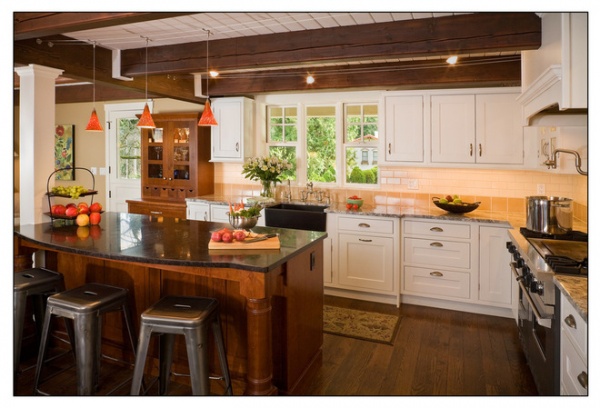
When a general contractor estimates the cost of a project, the goal is to capture all the costs of building — from preconstruction pricing to the cleaning service that washes the windows at the end. Most will charge directly for all costs directly attributable to the project, and then charge a markup to cover the overhead costs that are a result of general business operations not related to a specific project.
What specifically are general conditions? They fall roughly into three categories: site management, material handling and project management.
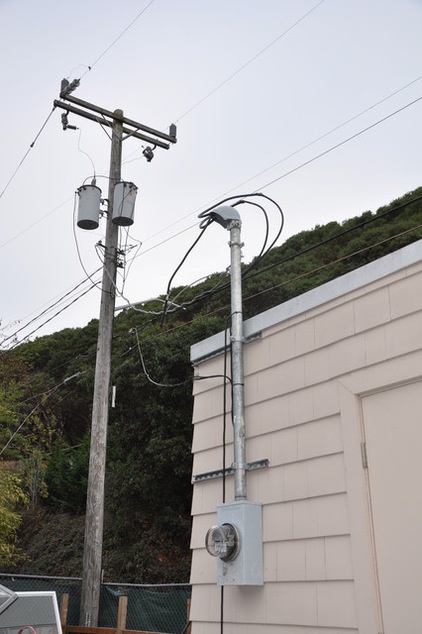
Site Management
Site management includes all of the tasks that have to do with property protection and utilities. If temporary utilities are required — a temporary power pole or a temporary water source — expect that to be included here. A portable toilet for worker use is usually in this category as well. There may also be temporary storage or an office, depending on how much room there is to stage materials, and if there is dry space to work in so that plans can be consulted in a place out of the weather.
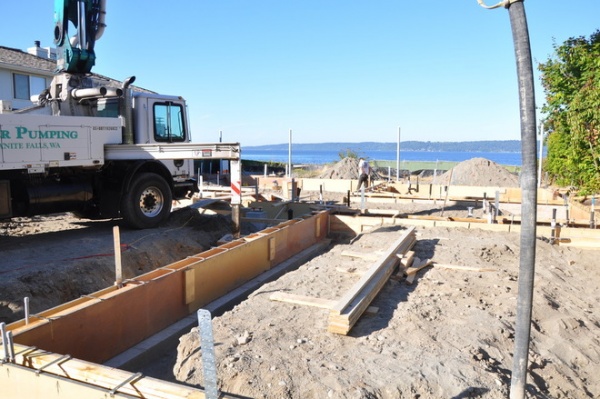
Site management may also include items like erosion control measures and permits required by a local jurisdiction if roads need to be temporarily blocked by vehicles and equipment, like concrete pumps and trucks. The costs may be a combination of labor costs and permit fees, depending on what is required. Flagging for traffic could also be included.
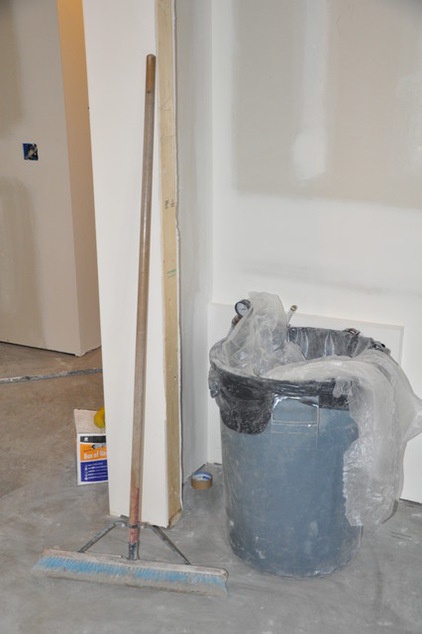
There’s also daily and final cleanup. On a large jobsite, it may take one to two hours or even more daily to make sure the jobsite is tidy and safe inside and out. It’s almost always more efficient to install materials and drop the scraps and packaging than picking them up as you go, so this means daily cleanup is a must. Contractors also usually count on final cleanup costs: A professional cleaning crew dusts everything, cleans out newly installed cabinets and ductwork, and cleans the windows.
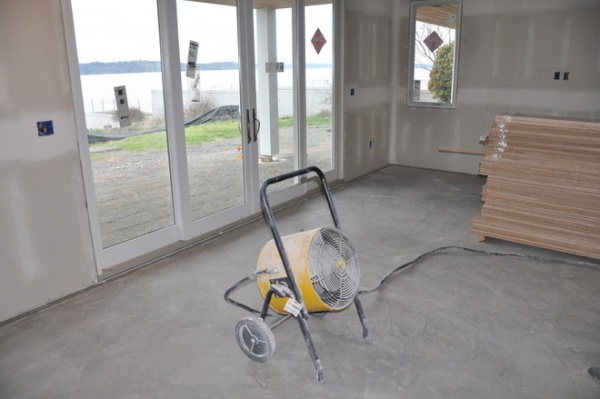
If a temporary heating source, scaffolding or other specialty rental equipment is required, you might see those costs covered in general conditions as well.
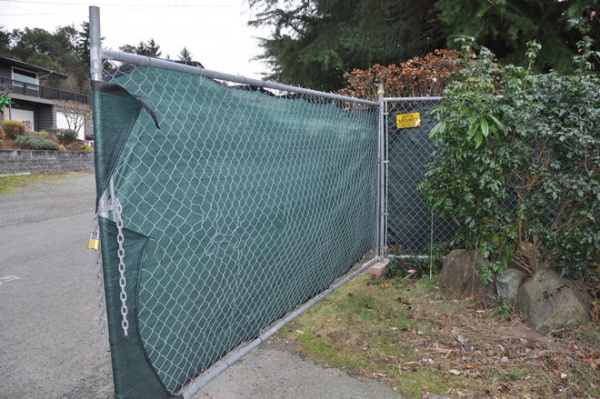
Finally, general property protection falls into this category. If the construction site needs to be isolated from nearby sidewalks or rights of way, temporary fencing may be needed. Nailing up plywood on open doorways to prevent entry may be necessary too.
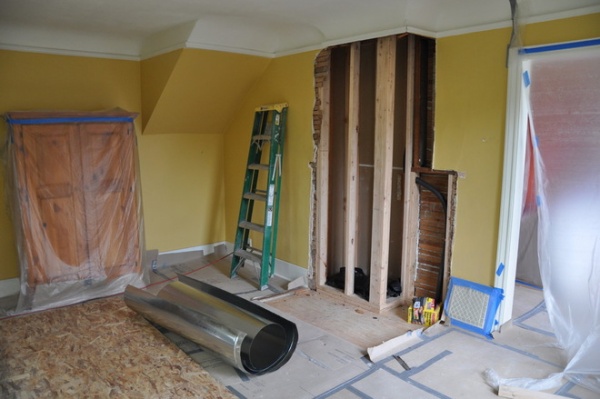
Once the finish materials — flooring, tile, cabinets and doors — are installed, they are usually covered with materials like Ram Board, rosin paper and other protective coverings to prevent damage. Site protection can also include covering materials between the time they are delivered and the time they are installed.
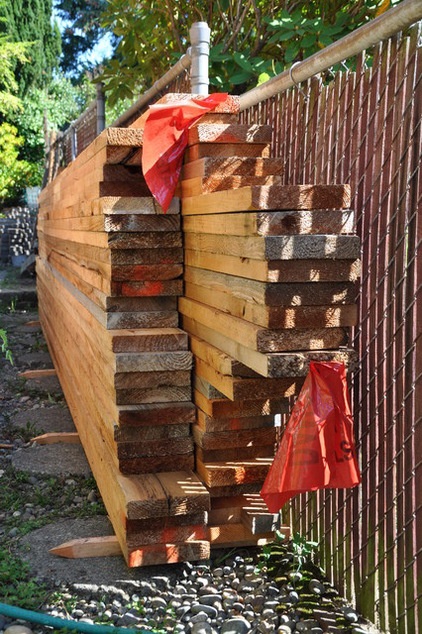
Material Handling
Material handling is the labor required to deliver and move materials around the jobsite. Often materials are delivered with a flat fee from a supplier, but when the truck arrives with the materials, the driver does not unload, or unloads in a location far away from where the materials need to be staged. That means staff onsite must spend time moving those materials where they need to go. This can include framing materials, millwork, cabinetry and windows. There are also one-off material needs that require a trip to a supplier, or can be met less expensively than paying the supplier’s delivery fee.
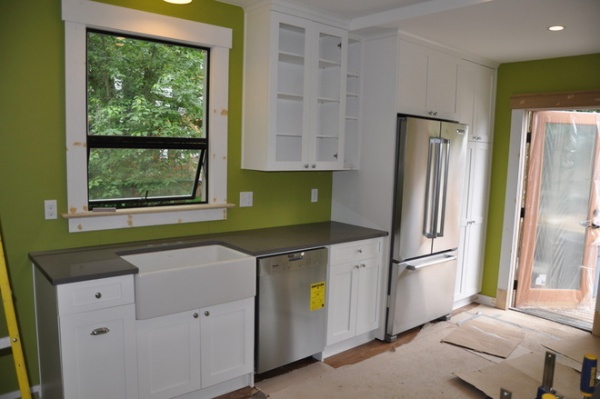
Project Management
The third piece of general conditions costs is project management. Depending on the size of a project, management can happen in a few hours each week or require more than 40 hours a week. Some companies include just direct onsite management in this category, while others include in-office work done supervising the project.
Project management can include preconstruction pricing; establishing scopes of work and meeting with subcontractors; creating mock-ups or ordering materials to show options; holding onsite meetings with the owners, the architect and other designers; and meeting inspectors to have work signed off on. It also usually involves creating material take-offs, ordering and scheduling delivery of materials, scheduling and assigning tasks to staff, helping troubleshoot subcontractors’ work and overseeing jobsite safety. Project managers also keep track of change orders, write agendas for meetings and communicate with clients and architects.
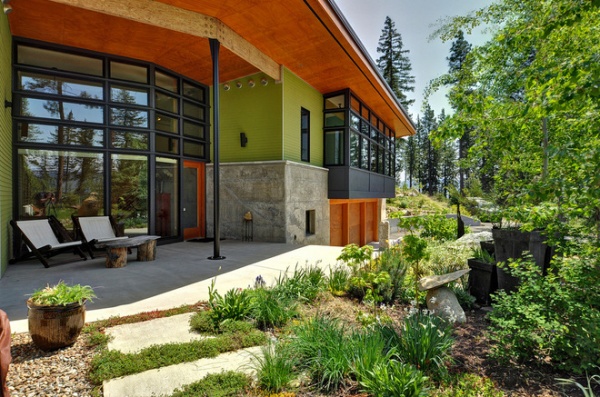
General conditions can account for 10 percent or more of the project cost, depending on the logistics, access and complexity of the project, so they are a significant factor in a project’s budget. Understanding how much of the budget goes to general conditions and which items are covered will give homeowners a good indication of how the project will generally be run in terms of security, cleanliness and oversight.
More:
Construction Contracts: What to Know About Estimates vs. Bids
What to Look for in a Contractor’s Contract
Related Articles Recommended












